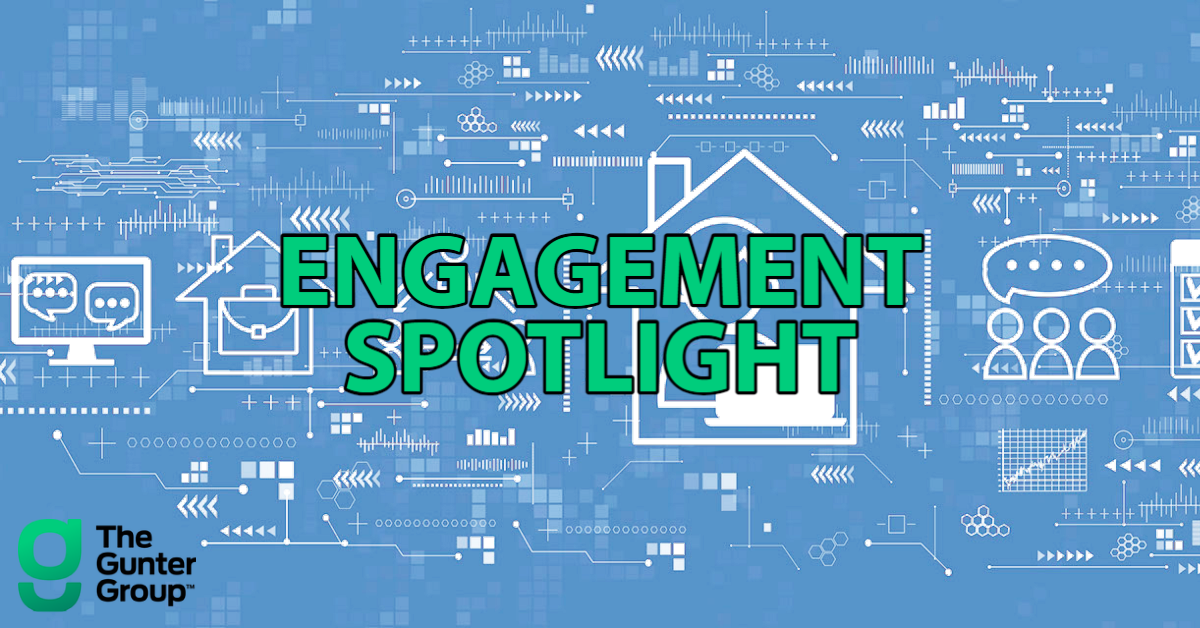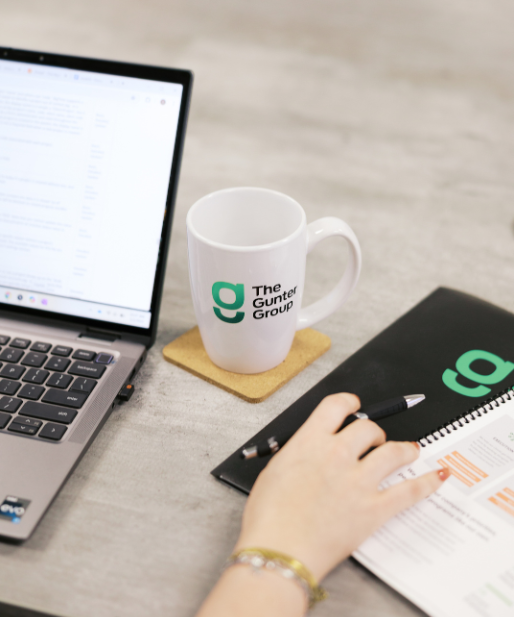ENGAGEMENT SPOTLIGHT
WITH ERIC DUEA

Recently, I had the opportunity to partner with a regional-sized financial institution focused on a “future of work” project. The project was centered on the organization’s plan to permanently transition to a hybrid work environment. The client had navigated 2020 and the associated pandemic-related challenges well by intently listening to their employees and customers. Operational teams were adapting quickly to new standards, technologies, and expectations. The company was confident in their people and they felt ready to be one of the first companies to make such a transition.
As I began my work with the client, it was easy to see how much leadership valued their people and how much employees valued their place of work. Additionally, leadership also recognized the significance of the change impacts that accompanied this decision. Their highest priority was to maintain a thriving company culture.
Many of the anticipated change impacts were universal to the employee experience. For example, all employees knew that video conferencing was simply now a part of their everyday experience. For the most part, all employees working onsite could anticipate similar changes. Sharing desks, equipment, meeting rooms, and flexible common areas would be the new normal.
However, there were also different implications company-wide depending on department, team, and role. It was widely understood that not every role would allow for flexible work arrangements. The nature of communication to certain employees that their position does not enable the same flexible work arrangements as their peers, was a critical element of the overall work effort. This process, if not properly navigated, presented a potential threat to company culture.
We kicked off the engagement through employee surveys, focus groups, interviews, and all-employee communications. We knew that detailed data on employee experiences would be key in informing how we structure work sessions, but it was also pivotal to the expansion of our awareness and empathy as facilitators. Most importantly, all employees were invited to participate in the process, offer input, express concerns, and share what was most important to them regarding this upcoming change. For example: How important is it to employees to have the option to work from home? What resources do they need to work from home? What are their top concerns?
We formed multiple working groups comprising a balanced cross-section of the organization to ensure sufficient representation existed during these difficult conversations. The working groups collaborated over a 3-month period to co-design a hybrid work program that they believed would enable the company and its employees to succeed in this new semi-virtual workplace arena.
The most rewarding aspect of this engagement was the privilege to be a part of a group of people defining how they wanted to show up for one another on a daily basis. It was truly delightful to observe how naturally teammates gravitated towards themes of collaboration, responsibility, and doing right by one another.
In hindsight, it shouldn’t have been surprising. After all, leadership had given up control and trusted employees of the organization to work through these difficult conversations. Naturally, the employees reciprocated by centering discussions on what was best for the company. This is not to say that some of the conversations didn’t involve contentious debate. For example: Is it an expectation that everyone’s camera is on all the time? And, if someone elects to work from the office every day, can they opt out of desk sharing and reserve their own desk?
Fortunately, the leadership team did not expect the working groups to design the perfect hybrid work experience on the first attempt. Leaders understood that the transition to a new way of working together and serving customers would be a learning journey for everyone. They emphasized the importance of embracing adaptability and a spirit of continuous improvement.
Throughout this engagement, I was reminded that high collaboration, inclusivity, and consensus building are as time intensive as they are worthwhile. The decision to allocate several team members to a change process such as this is always difficult. There is always opportunity cost for where resources could be spending time instead, but it’s an investment.
The result of this investment was an organization of employees that felt included and valued in a change process that was very important to them. The returns on this investment will be realized over the years ahead. While these returns may not be measured and calculated in direct association with the investment made, they will be nested within employee retention rates, employee satisfaction, cross-departmental collaboration, company culture, and of course the experience employees provide to customers. They learned a lot about one another, and I saw the multi-level value of doing change well.

Eric applies a systems thinking approach to problem-solving. He is highly collaborative and genuinely passionate about helping others succeed. Eric’s experience spans across multiple industries including resorts and hospitality, international non profit, sustainable business/social enterprises, and events management space. His areas of expertise are sales and marketing, sustainable business, project management, business development, business process management, and business planning and analysis. Eric holds an M.B.A in Sustainable Systems from Presidio Graduate School as well as a B.S. in Business Administration from Methodist University; he is also a Certified Scrum Master and PGA Golf Professional. Eric is an avid golfer. Outside of work, he can be found strolling the fairways of Central Oregon and Southeast Washington.
